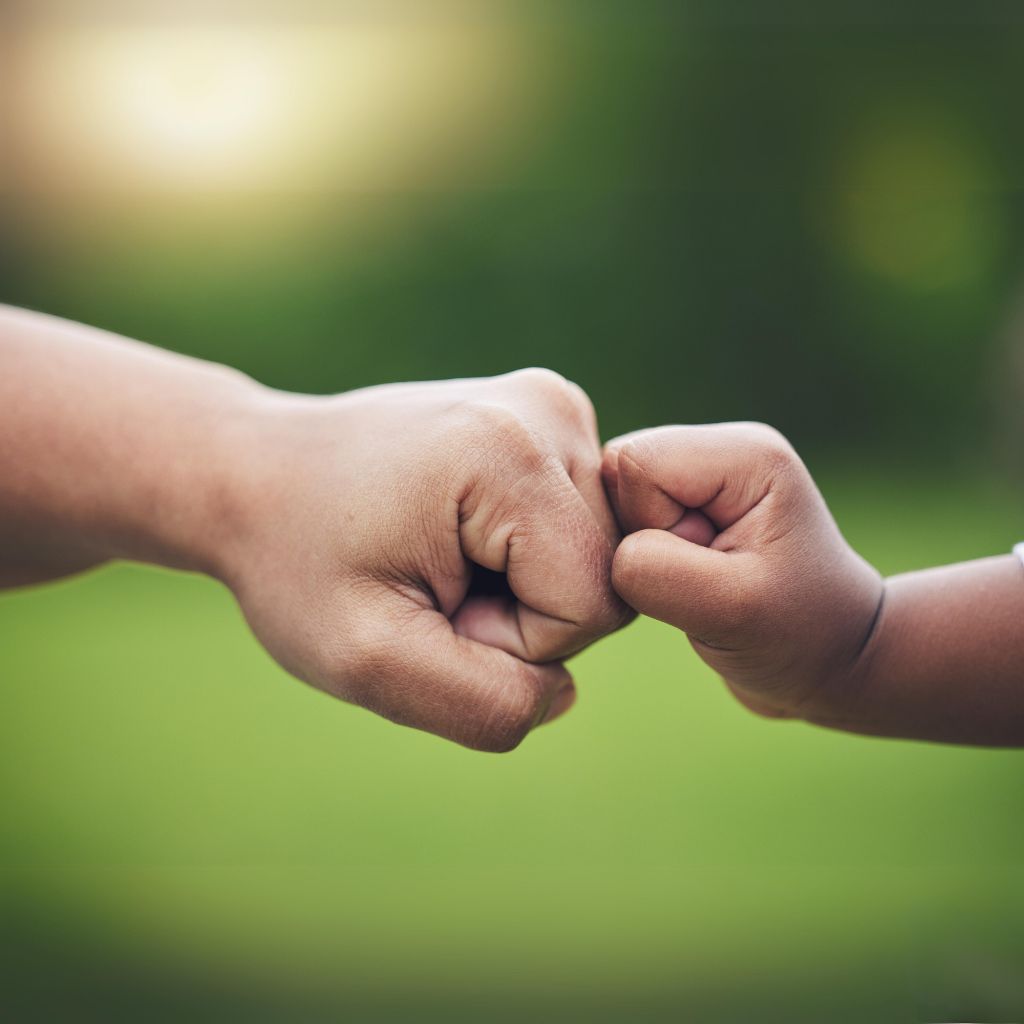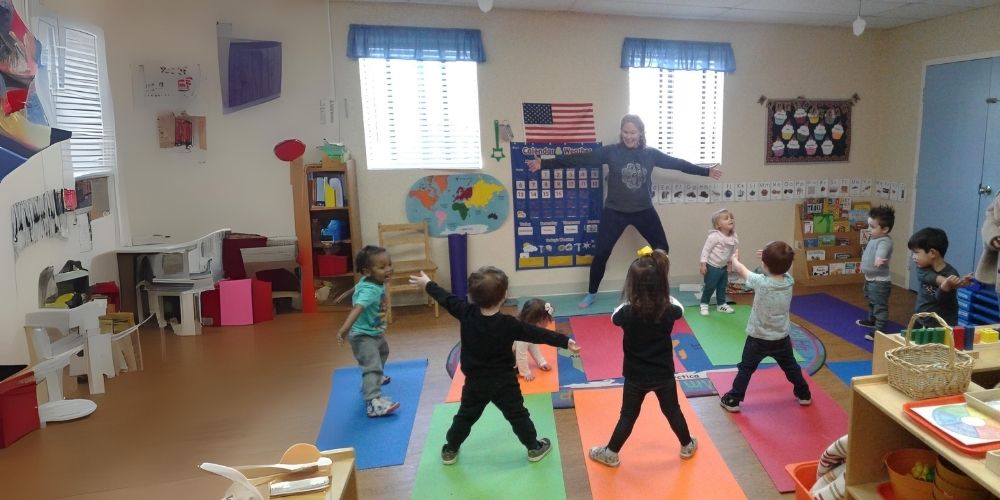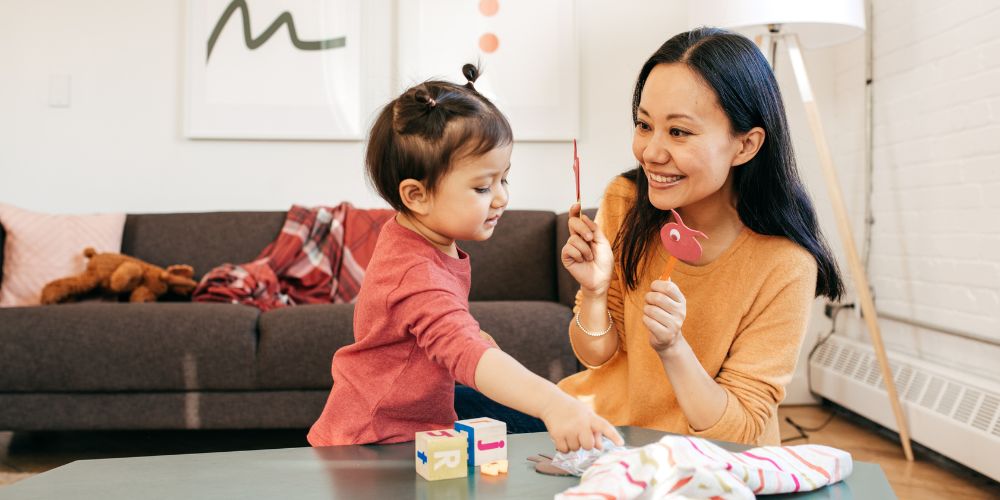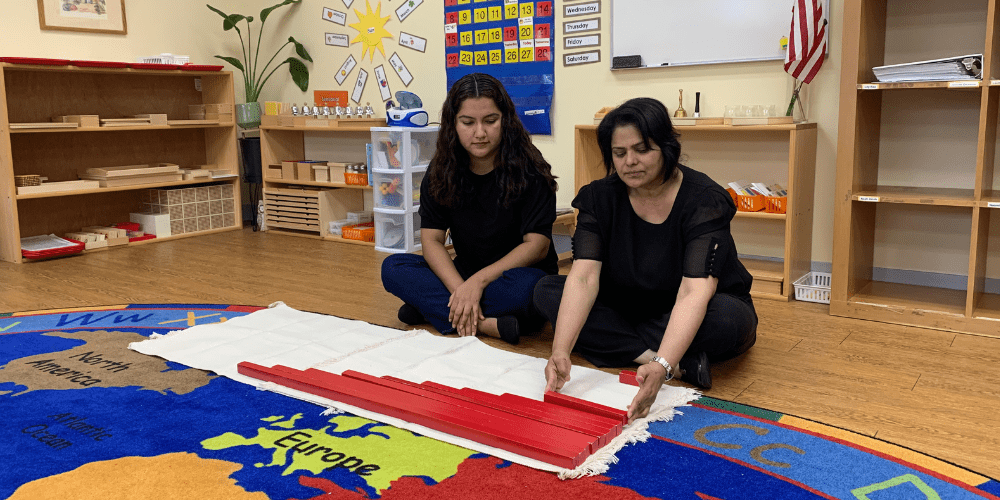Easing the Transition for Your Child: Tips for Saying Goodbye at Preschool Dropoff
As we approach the first day of school for a new academic year, we wanted to share some essential tips for easing daycare or preschool dropoffs, especially for families looking to make the transition smoother after a summer full of fun together. Jumping into a new routine can be challenging, but there are several things that you can do to make the process easier, especially when your child is reluctant to say goodbye.
While it can be difficult to see them upset, it is normal for young children to have a hard time separating from their caregivers, and this fear and anxiety generally fades as children get older and become normalized into their school environment.
Tips for Saying Goodbye At School
Prepare your child
Even preschoolers can benefit from you preparing them for their first day away from home. Talk through what your morning routine will look like and let your child know ahead of time what they can expect from their day – talking about things that you think they may enjoy the most such as interacting with friends or playing on the playground helps create positive anticipation.
There are plenty of books that you can read together to prompt conversations and help prepare your child. We would recommend starting to read these books at least a few days before school starts. (This comprehensive book list for any age was created by a fellow parent!)
Set a Consistent Morning Routine
Creating a consistent morning routine will help your preschooler or kindergartener to feel secure and ready for the day ahead. It can be beneficial to begin the day with simple, predictable steps such as having breakfast, brushing teeth, and packing their lunch and school bag. This routine not only prepares them for the day ahead, but also provides a comforting sense of calm stability for their morning.
Set Expectations
Be transparent with your child about how long you will be apart: don’t tell them it will only be 5 minutes when you will be gone for several hours. Building trust with your child is an important part of developing their independence and sense of security. You can provide a helpful reminder such as “After you eat lunch you’ll take a nap and then when you wake up I will come and get you!” It is also important to let your child know the details of who is picking them up so they know who to expect.

Create a Goodbye Ritual
Consistency and routines are reassuring for both children and adults. In a Montessori environment, we find that students thrive on routine, especially when they are involved in creating and actively participating in that process. Ask your child for their input in creating a goodbye ritual, and try to keep the moment brief and upbeat. The longer you delay the drop off or separation the bigger the child’s reaction will often be when you finally leave. A simple ritual could be as easy as a hug or fist bump, with an “I love you, have a great day!” You know what will work best for your child and family, and staying consistent is key.
Promote Your Child’s Independence and Confidence
Starting around the age of 2 we encourage families to have children carry their belongings into the classroom and place their items in their assigned cubby. Encouraging children to take responsibility for their backpack, lunchbox, and personal items fosters a sense of ownership and self-reliance. This simple routine not only strengthens their fine motor skills but also builds confidence and a sense of accomplishment to start their day. By allowing children to manage these tasks, we are supporting their growth in becoming independent and capable individuals, ready to take on new challenges throughout the day with enthusiasm.
Acknowledge your Child’s Feelings.
It is natural for children to feel a mix of feelings about going to school for the first time or even going back to school after a summer away. You can acknowledge their feelings by saying something such as, “I know you are feeling a little nervous, and that’s okay. You are going to have a fun time, and I will be back to pick you up later this afternoon.” Validating their feelings while reassuring them can ease the initial hesitation they might be experiencing.
Cope with your own Emotions
A new school year may also be a time for firsts for parents as well. It can be challenging to leave your child in a new environment, especially if you have to leave seeing them upset or even crying. We encourage all families to stay positive and calm as a role model for their children, and to trust that we are leaving them in the care of experienced providers and caregivers. You will find that soon your child will create a special bond with their classmates as well as their teacher, and with a little time, drop offs will become a breeze (and you may even be the one reminding your child of the goodbye ritual to get that last hug in until pick up time!).
Celebrate the Transition
Celebrate the start of the new school year as a significant milestone. Make it a tradition that you build into your year: you can do things like have a special breakfast, give a small gift to start the day, or plan a fun activity after school. Celebrating helps to frame the transition in a positive light and makes your child feel excited about this new chapter!
A Note about Transitioning to a Montessori classroom and ‘Normalization’
Students in a Montessori classroom experience a ‘normalization’ period in which they grow familiar with the different areas of the classroom, understand the daily routines and what activities are available to them, and become excited to interact with and learn alongside their peers. Navigating the transition process to a Montessori school is different for every child because every child is unique. Their reactions to the new structure and environment will differ, but generally after 4-8 weeks children will be able to quietly enter a classroom and independently choose an individual task without directions. Montessori education is designed to support and further develop your child’s independence, confidence, and love of learning. By fostering a calm and supportive environment both at home and in the classroom, your child will gradually adapt to this new routine and will thrive.
At Children’s Manor and Magnet Montessori Schools, we are committed to making the back-to-school transition as smooth as possible for both you and your child. By following these tips and trusting in the Montessori approach, you can help your child build resilience and deepen their love for hands-on learning that will last a lifetime.
Explore Montessori Education at Children’s Manor and Magnet Montessori Schools
If you’re looking for a nurturing and educational daycare or preschool environment for your child, we invite you to explore our Montessori Programs. Our child care options range from Infant Care through preschool, Kindergarten, and Elementary, providing a consistent and supportive environment for your child’s growth.” Schedule a Tour Today!





